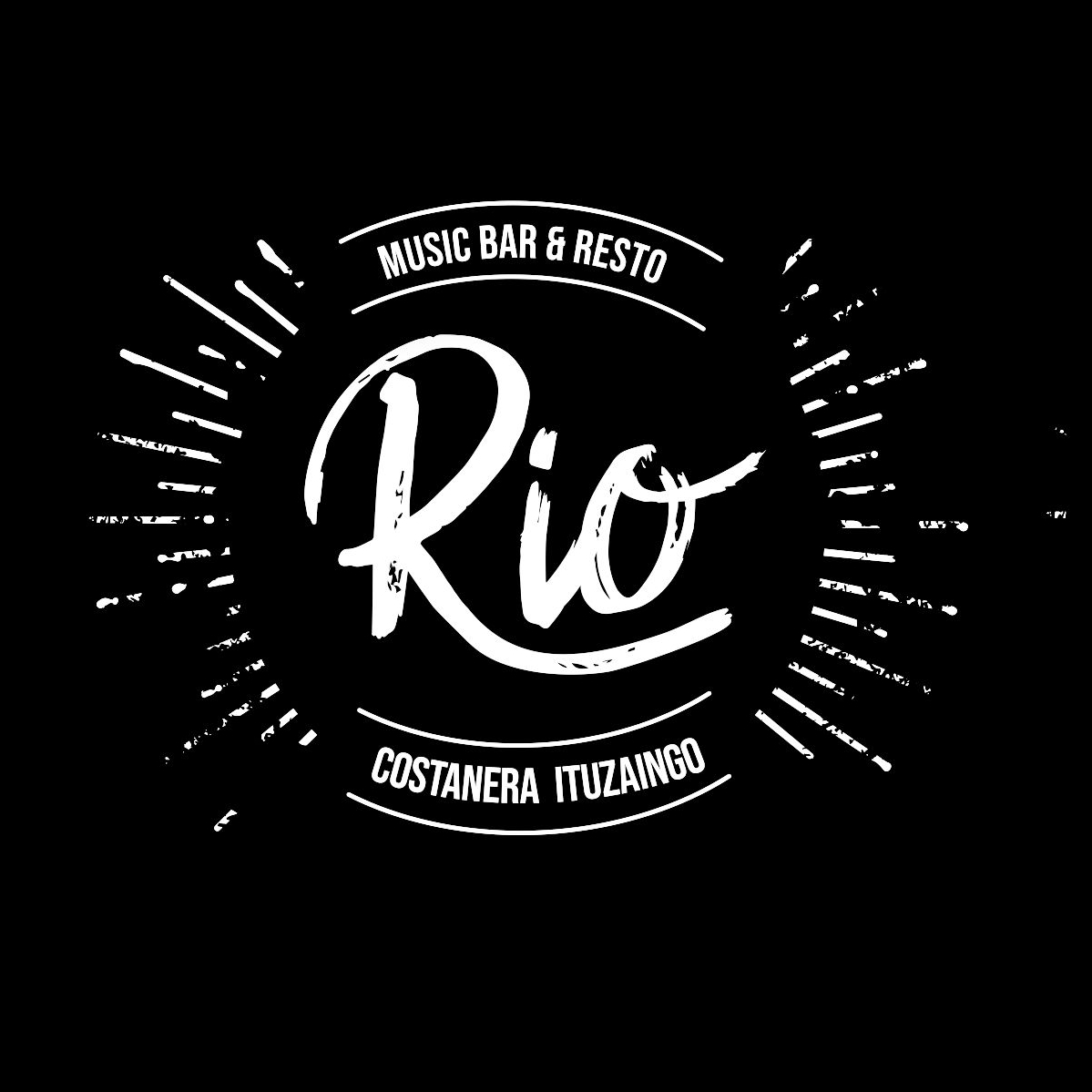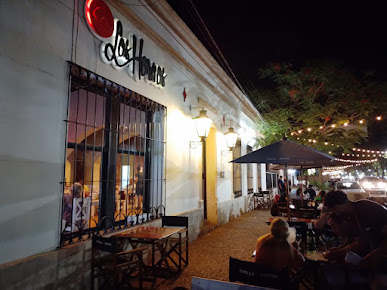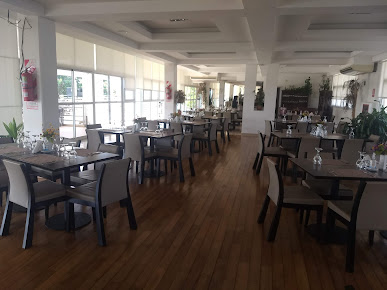Parish of Saint John the Baptist
Schedule: Lunes a viernes es de 8 a 12 y de 16 a 20 hs.
Ticket cost: Free admission
'This parish is home to the patron saint of the city, Saint John the Baptist, and has over 120 years of history.'
San Juan Bautista Church
Location: Buenos Aires Street, between Belgrano and San Martín. Year built: 1904 Style: Neoclassical, original architecture well preserved. History
The idea to build this church began in 1875. In 1899, a new committee was formed, and in 1904 the church was finally built by the Stalla brothers. It was likely inaugurated on September 7, 1904.
Features
The church has three aisles and a gabled roof.
The front has large columns and two side towers.
The main altar has wooden columns and religious figures, like the Virgin Mary, Baby Jesus, and Our Lady of Sorrows.
The central figure is Saint John the Baptist, 1.70 meters tall, brought from Barcelona (Spain).
Oratory of the Immaculate Conception
Before the church existed, there was a small chapel made of clay and straw. It burned down in 1883. After that, the sacred items were kept in local homes. One popular figure from that time is “San Juan Degollado”, a wooden head with Jesuit origin, kept in the home of Doña Isabel Romero.
Other Details
The church keeps a clay figure found in the Jesuit mission of San Carlos, believed to be the Virgin Mary.
On the front wall, there is a mural made by local artist J. Aguirre Sotto in 2002, showing the baptism of Jesus by John the Baptist.
In 1998, a multipurpose room, iron fences, and new paint were added, thanks to the work of Father Teófilo Redes Britez.


